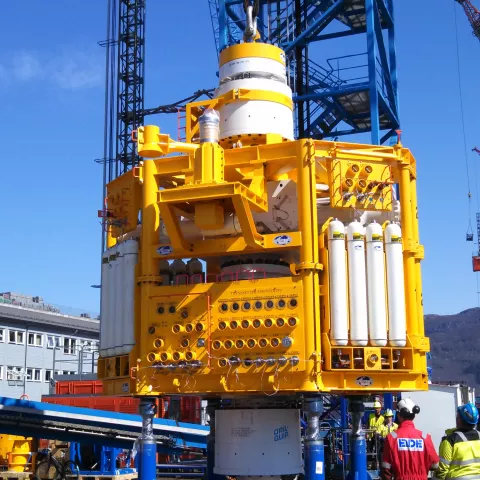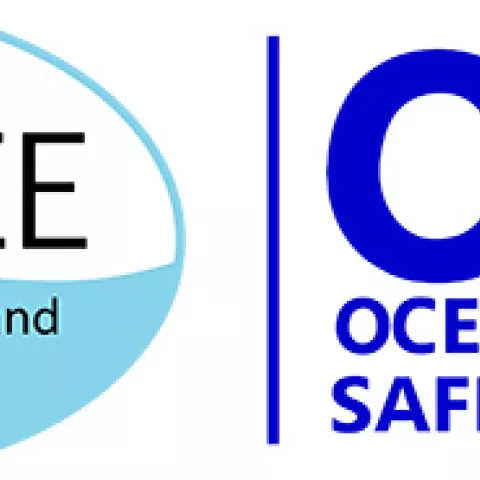
You are viewing ARCHIVED content published online before Jan. 20, 2025. Please note that this content is NOT UPDATED,
and links may not work. Additionally, any previously issued diversity, equity, inclusion or gender-related guidance on
this webpage should be considered rescinded. For current information, visit
News Items | Bureau of Safety and Environmental Enforcement.
HOUSTON – A new modelling approach developed and validated by the Southwest Research Institute (SwRI) presents a major step forward in understanding how offshore blowout preventers (BOPs) are likely to function if employed during a blowout. Results from the study funded by the Bureau of Safety and Environmental Enforcement (BSEE) were presented today at the Ocean Energy Safety Institute’s Public Technology Assessment Program Forum.
“The emergency closure of a wellbore with a BOP is a highly complicated process in which high strength steel pipe must be cut and pinched closed under extreme pressure and flow conditions,” said SwRI’s Steven Green. SwRI is under contract with BSEE to develop and validate a methodology for conducting an analysis of a BOP closure event using existing commercially available software for advanced structural and fluid dynamics simulations. “We have also developed a database tool that, when completed, will hold simulation results and allows BSEE and industry to interactively assess the basic design requirements of a BOP under its expected operating conditions,” Green said.
Blowout preventers use multiple methods to prevent hydrocarbons from ascending through drill pipes and reaching surface operations. How well they would perform during a blowout, as opposed to activation to prevent a blowout, has been a concern for both the industry and regulators. The research performed by SwRI is part of BSEE’s larger effort to advance the design of BOPs so that they function effectively under emergency conditions.

